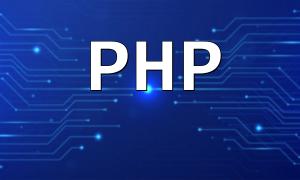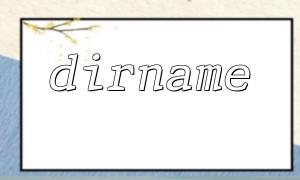Abstract classes and interfaces are two commonly used concepts in object-oriented programming that can help us better manage and manipulate data types. In PHP, we can use abstract classes and interfaces to define some common behaviors and properties, making them reusable across different data types. In the following sections, I will explain in detail how to use interfaces and abstract classes to achieve this, along with some code examples for reference.
An abstract class is a class that cannot be instantiated on its own. It can only be inherited by other classes. In an abstract class, we can define some common properties and methods, which the child classes must implement or override. Below is an example of an abstract class:
abstract class Animal {
protected $name;
protected $age;
public function __construct($name, $age) {
$this->name = $name;
$this->age = $age;
}
abstract protected function sound();
public function getInfo() {
echo "I am a {$this->name}, and I am {$this->age} years old.";
$this->sound();
}
}
In the above code, we defined an abstract class `Animal` with two properties: `$name` and `$age`. We also declared an abstract method `sound()`, which must be implemented by any subclass. Finally, the `getInfo()` method is a public method that can be inherited and used by subclasses.
Here’s an example of a subclass that extends the `Animal` abstract class:
class Cat extends Animal {
protected function sound() {
echo "Meow, meow.";
}
}
class Dog extends Animal {
protected function sound() {
echo "Woof, woof.";
}
}
In the above code, we defined two concrete subclasses, `Cat` and `Dog`, which both inherit the `Animal` class and implement the abstract `sound()` method. This allows us to instantiate these subclasses and call their methods:
$cat = new Cat("Kitty", 2);
$cat->getInfo(); // Output: "I am a Kitty, and I am 2 years old." and it makes a "Meow, meow" sound.
$dog = new Dog("Puppy", 3);
$dog->getInfo(); // Output: "I am a Puppy, and I am 3 years old." and it makes a "Woof, woof" sound.
From the above code, we can see that abstract classes provide a framework that defines common methods and properties, and subclasses are responsible for the specific implementation. This allows us to better manage and manipulate different data types.
Interfaces are another important concept in PHP. They define a set of behaviors and methods that a class can implement. A class can implement one or more interfaces, thereby gaining the behaviors defined by those interfaces. Using interfaces ensures that a class has certain necessary methods. Below is an example of an interface:
interface AnimalInterface {
public function sound();
public function getInfo();
}
In the above code, we define an interface `AnimalInterface`, which includes two methods: `sound()` and `getInfo()`. The methods in an interface only have signatures, not implementations.
Here’s an example of a class that implements the `AnimalInterface` interface:
class Cat implements AnimalInterface {
public function sound() {
echo "Meow, meow.";
}
public function getInfo() {
echo "I am a cat.";
$this->sound();
}
}
In this example, the `Cat` class implements the `AnimalInterface` interface and defines both methods `sound()` and `getInfo()`. This allows us to instantiate the `Cat` class and call these methods:
$cat = new Cat();
$cat->getInfo(); // Output: "I am a cat." and it makes a "Meow, meow" sound.
From this code, we can see that interfaces enforce a class to implement certain methods, ensuring that the class meets specific behavior requirements. Using interfaces allows us to better define and manage data types.
Abstract classes and interfaces are essential concepts in PHP’s object-oriented programming, helping to manage and manipulate data types. Abstract classes provide a framework with common methods and properties, which are then implemented by subclasses. Interfaces define a set of required behaviors that classes must implement, ensuring they meet specific functionality. By properly using abstract classes and interfaces, we can improve code reusability and enhance the scalability of our programs.
That’s a detailed introduction to how to use interfaces and abstract classes in PHP to manage and manipulate data types. I hope these examples and explanations will help you better understand these PHP features.









